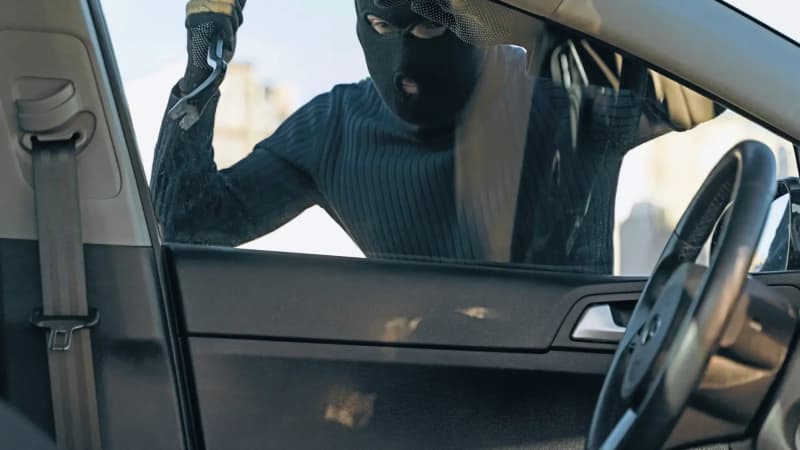
Keyless systems are supposed to make driving more convenient. However, it’s precisely this technology that has become one of the biggest security risks in modern vehicles.
Criminals are increasingly using radio devices to extend the signals of car keys and unlock vehicles without their owners realizing. This method is particularly widespread at night and in parking garages.
The good news? A simple piece of aluminum foil can help protect your car from such attacks. Here’s how it works and what you can do.
How keyless car theft works
A smart key (also known as “keyless go” or “passive keyless entry”) continuously transmits an RFID radio signal that’s recognized b…

Keyless systems are supposed to make driving more convenient. However, it’s precisely this technology that has become one of the biggest security risks in modern vehicles.
Criminals are increasingly using radio devices to extend the signals of car keys and unlock vehicles without their owners realizing. This method is particularly widespread at night and in parking garages.
The good news? A simple piece of aluminum foil can help protect your car from such attacks. Here’s how it works and what you can do.
How keyless car theft works
A smart key (also known as “keyless go” or “passive keyless entry”) continuously transmits an RFID radio signal that’s recognized by your car. As soon as the key is within range, you can unlock, enter, and start the car without even pulling the smart key out from your pocket.
This always-on RFID signal is what thieves intercept. Using something called a relay device, they can extend the always-on RFID signal so that it reaches your vehicle even when you aren’t near it.
Your car “believes” that its rightful owner is standing next to it, so the doors can unlock and the engine can start. Boom! Stolen.
How aluminum helps foil car thieves
Aluminum reliably shields electromagnetic signals. Wrapping your car key in aluminum foil creates a kind of miniature Faraday cage that RFID waves can’t penetrate. The smart key’s always-on RFID signal can therefore no longer be intercepted by a relay device.
If your smart key is securely stored in aluminum foil or a metal container, your car will remain locked even if thieves are standing right outside the front door with their devices in hand.
Using the aluminum foil trick correctly
For the aluminum foil protection trick to actually work, the aluminum foil wrapping must be tight and wrinkle-free. Two to three layers are usually sufficient. Here’s how you should proceed:
- Wrap the key completely in several layers of aluminum foil.
- Test it! If your car no longer opens, the insulation is working.
Alternatively, you can also put your smart key inside a small box that’s lined on the inside and covered on the outside with aluminum foil.
Is there a better solution?
Aluminum foil is a simple trick that works as an immediate stopgap measure. However, if you regularly park in densely populated areas, or if you park your vehicle on the street at night, or if you travel frequently, then you should consider a more permanent solution.
RFID-blocking Faraday pouches are convenient, durable, and protective. They’re extremely affordable and they come in different sizes to best fit your particular key fob. You can find them on Amazon for between $7 to $15, depending on size and brand.
Get an RFID Faraday Pouch on Amazon
Security experts recommend that smart car keys should never be left near doors or windows, as this is where the signal is most easily intercepted. You should also check whether the passive keyless function on your car can be deactivated. Some manufacturers offer corresponding options via the menu or a key combination.
Other smart car security tips include:
- Park your vehicle in well-lit, visible areas.
- Use visible anti-theft devices such as steering wheel claws as an additional deterrent.
- Check the behavior of your key regularly. A change in range may indicate malfunctions or technical problems.
© PC World